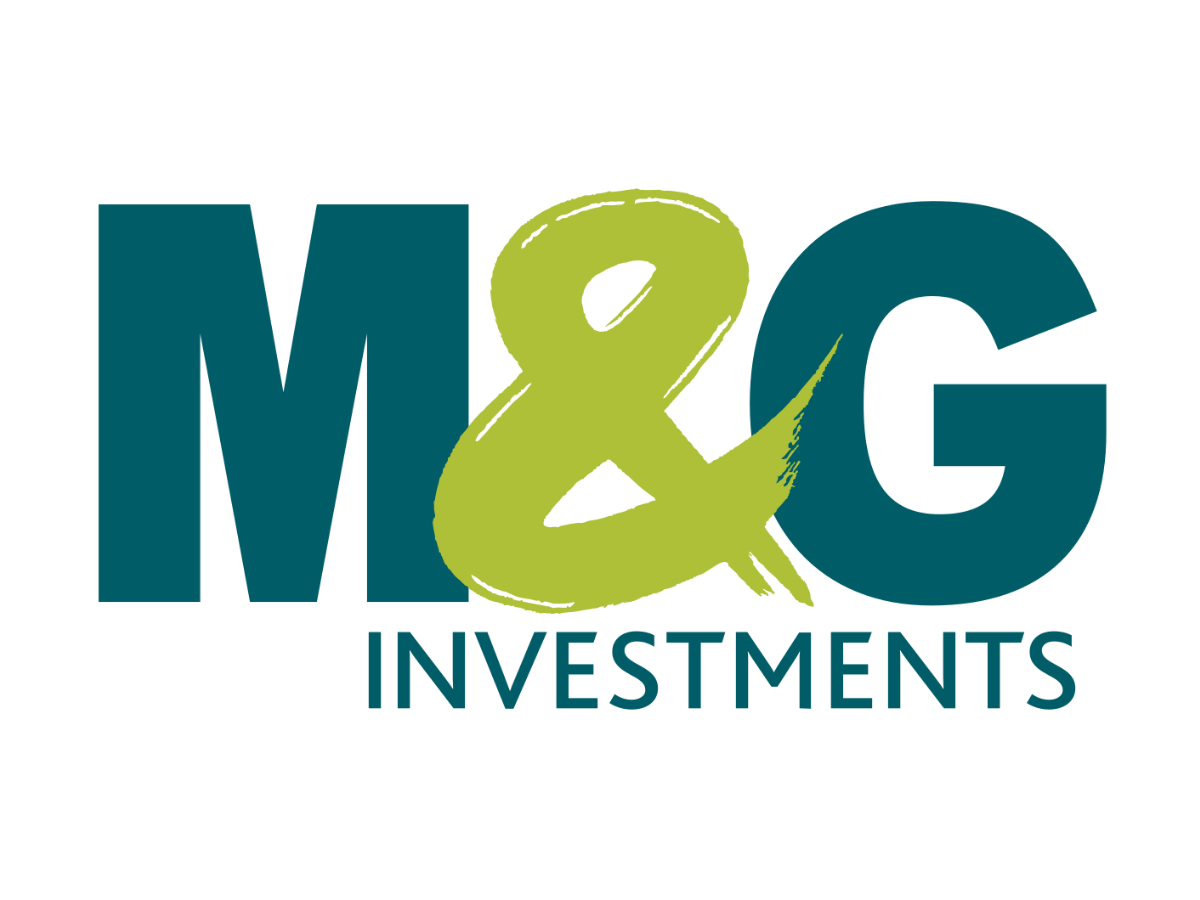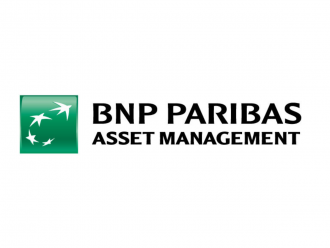Jeremy Richards, fund manager, M&G Investments.
For many pension schemes and trustees, the ever-more pressing challenge is not only meeting cash-flow liabilities now, but also into the future. Planning to pay out the right amount of cash at the right time not only creates challenges in terms of generating the level of cash necessary, but also in how to weather changing market dynamics to deliver these required cash-flows over the long term. This is an issue that affects a vast number of schemes. According to Mercer’s European Asset Allocation 2018 survey, six out of 10 plans were already cash-flow negative and, of those that were not, 80% expect to be so within the next 10 years.
Some schemes could consider a fully insured buy-out, but this is often unaffordable. Therefore, aiming for self-sufficiency by matching cash-flows over time could be a solution. After all, a healthy, self-sufficient scheme could always consider insured options at a later stage.
Building a bespoke annuity book
The approach of matching cash-flows to liabilities as they fall due is similar to how an annuity book is run, which is one of the reasons why many pension schemes are asking how our own annuity book, managed for our insurer parent, has delivered over decades. We believe it necessitates being flexible and asset-agnostic, as well as being patient and disciplined when building a portfolio.
Primarily using physical assets to match liabilities can help a scheme reach a different kind of certainty, rather than hedging risk via swaps alongside a growth portfolio. Exposure to physical assets, such as through secured debt, can offer another way to address some of the risks that are met with traditional LDI portfolios, such as interest rate risk. Infrastructure debt, for example, can offer long-dated cashflows, with debt being repaid over 20 to 30 years, while they are usually inflation-linked and predictable, with contracted payments often derived from well-regulated entities.
Predictability of cash-flows is a feature that lends itself to a cash-flow matching portfolio and flexibility to access public and private financing can allow schemes to, in effect, build their own bespoke, commercially-efficient annuity book.
Flexible and asset agnostic approach
Why is a flexible and asset agnostic approach important? The first reason is risk mitigation: just adding more credit risk is not a solution to generating reliable cash-flows. It’s important to buy a broad diversity of assets, where the risks to cash-flow interruption are well-rewarded. A portfolio should reflect an individual scheme’s trade-off between return, risk and liquidity to meet a scheme’s specific cash-flow needs.
The second reason is that value shifts as markets evolve, which is why all cash-flows do not need to be matched at once. To achieve such flexibility, we keep some powder dry to access cash-flows as they become cheap. This is reflected in the fact that our own annuity books look very different from how they did 15 or 20 years ago.
Efficiency is key when building a bespoke annuity book that needs to evolve over time. Putting into practice considerable resource, patience and discipline is the approach we have used to manage our own annuity books and cash-flow-matching portfolios for external clients.
This means not paying up for liquidity that is not needed in the short term. By broadening-out asset origination to capture, for example, illiquid opportunities that could generate higher cash-flows, some powder can be kept dry to capture value should it emerge. Taking such an asset agnostic approach can aid portfolio diversification and help achieve de-risking and the required cash-flow that is the ultimate goal for a pension scheme.



